FLS RESOURCES
The Bone Health & Osteoporosis Foundation’s (BHOF’s) Fracture Liaison Service (FLS) resources promote excellence in clinical care for all healthcare professionals involved in the prevention, diagnosis, and treatment of osteoporosis. We offer a variety of programs, tools, and resources to meet the unique needs of healthcare professionals who provide bone health care.
Background
BHOF is collaborating with Medstar Health in Maryland and Atrium Health in North Carolina, with support from Amgen and UCB, to support a systems approach to creating a post-fracture care pathway to help curb the osteoporosis crisis and prevent patients from suffering debilitating broken bones.
Osteoporosis is treated by multiple specialties, underscoring the need for coordinated care to support patients with the disease. This partnership will evaluate how a system approach can help drive fracture prevention prioritization and provide better quality care for patients. Additional elements of the partnership include developing and implementing efficiencies, best practice sharing across the program sites, creating tools that document and help communicate post-fracture care effectiveness, and providing virtual and in-person mentorship and learning opportunities for healthcare providers.
FLS Benefits
The Fracture Liaison Service (FLS) secondary fracture prevention program coordinated care model has been in operation for more than 15 years in the United States and other countries to close the secondary fracture prevention care gap. They ensure that patients suffering fractures caused by osteoporosis undergo a fracture risk assessment to prevent further fractures by treatment of osteoporosis and falls prevention strategies, delivering highly effective care while significantly reducing the costs associated with secondary fractures.
How to Implement a FLS Program
A factor common to all successful FLS programs is involvement of a multi-disciplinary and multi-sector team of motivated individuals from the outset, all focused on ensuring that fracture patients receive high-quality care. This includes healthcare professionals, health system administrators, and patients. Initial setup of a FLS program requires one individual to champion the development and implementation of the program.
IOF Capture the Fracture® Program
BHOF collaborates with the International Osteoporosis Foundation (IOF) on its mission to facilitate the implementation of Post-Fracture Care Coordination Programs (Fracture Liaison Services) for secondary fracture prevention worldwide.
The IOF Capture the Fracture® Program provides a Best Practice Framework and Recognition program for clinical champions and healthcare administrators to evaluate secondary fracture prevention in their healthcare system in the context of globally endorsed standards.
FLS Stakeholder Roles
Initial setup of a FLS program requires one individual to champion the development and implementation of the program. The champion will lead the development of the FLS business plan, engage with local administrators to seek funding and support of the service and provide ongoing clinical leadership to the FLS.
Business Plans
Establishment of a clinically- and cost-effective Fracture Liaison Service (FLS) that is sustainable will requires development of a comprehensive FLS business plan, which includes the demonstration of the economic impact of a FLS for the particular organization.
FLS Coding Guide
Our Fracture Liaison Service (FLS) Coding Guide provides details on currently available quality and value-based codes to help offset costs for FLS implementation in various settings. This is a general guide offering a broad overview to help get you started.
FLS Care Pathway
Our Fracture Liaison Service (FLS) Pathway Guide is an easy to navigate guide divided into sections, where each focuses on the level of progress toward FLS implementation and practice. It discusses the gap in osteoporosis care and the role and purpose of a FLS leading to how to develop a business plan and best practices.
